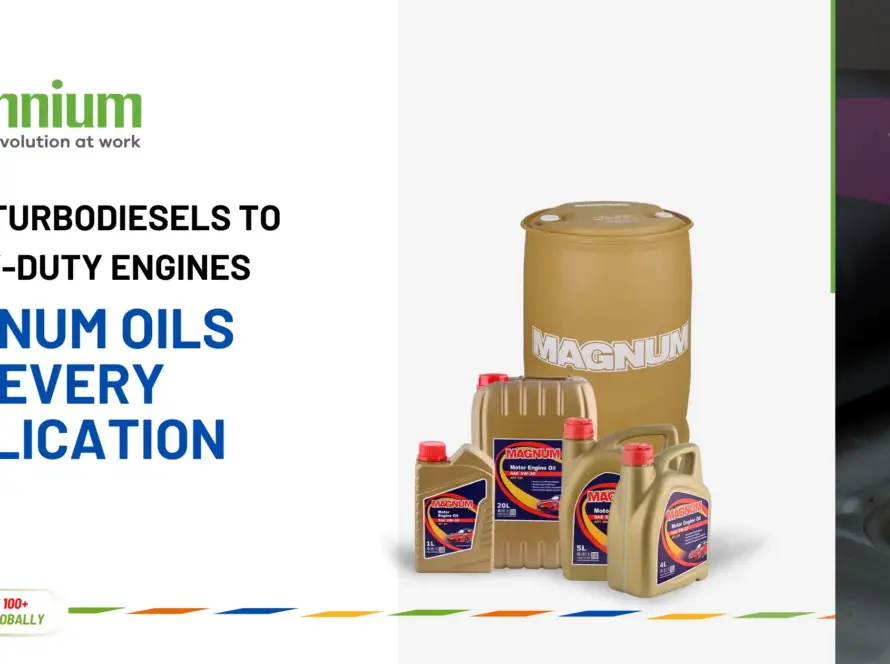Understanding base oil groups aids in selecting lubricants for diverse engine requirements and performance, outlining key features for smart choices and improved protection under varied conditions.
Mechanics and vehicle owners can gain insights by comparing refining methods and fluid behaviours to make informed decisions that positively impact maintenance and operational stability. Proper base oil selection can reduce wear, lower repair needs, and minimize unscheduled downtime by aligning product traits with vehicle demands.
Defining the Fluid Core: What is Base Oil?
Base oil forms the core fluid in most lubricants used in engines and machinery under varied conditions. It provides a smooth film between moving parts to reduce friction wear or heat buildup during operation. Choosing the right base oil ensures stable viscosity performance over wide temperature ranges and pressure levels. This stability affects engine start-up response and wear rates over extended service intervals.
Refining methods for base oil may include solvent extraction, hydrogen treatment, or wax removal steps. Solvent extraction removes unwanted compounds, while hydrogen treatment improves purity for cleaner fluid performance. Each refining step sets impurity levels and shapes the viscosity index plus oxidation resistance properties. Higher purity fluids resist sludge formation and maintain consistent flow under prolonged use.
Base oil mixes may include additives that offer wear protection, corrosion inhibition or foam control benefits. These additives tailor fluid performance for specific tasks like load carrying or seal compatibility needs. Understanding base oil roles helps in the selection of engine rebuilds, transmissions or hydraulic systems with long service life goals. Choosing the right mix between base fluid and additives prevents premature wear or deposit buildup over time.
Profiles of Five Groups: Base Oil Groups I to V
This section outlines Group I vs Group II vs Group III fluid characteristics for practical selection.
Group I base oils result from solvent refining, which contains higher sulfur levels plus lower viscosity index values. Group II fluids undergo hydrogen treatment to remove impurities and achieve improved viscosity plus oxidation stability. These budget-friendly oils serve most everyday motor oil applications at a modest price point.
Group III fluids pass severe hydrocracking steps to reach a high viscosity index and low volatility levels. These oils serve synthetic performing products without requiring polyalphaolefin chemistries to meet standards. They form the base of many premium motor oils marketed under synthetic labels without added cost overhead. Group IV uses polyalphaolefin fluids that deliver stable viscosity performance at extremes of heat or cold.
Group V covers other fluid chemistries beyond Groups I through IV with esters or silicone oils. These fluids often serve specialized needs where standard fluids cannot maintain performance under stress. Typical uses cover high-temperature compressors, refrigeration systems or specific bearings needing unique protection. Speciality fluids can offer fire-resistant electrical insulation or brake fluid performance in niche equipment.
Snap Comparison Chart
The chart compares key attributes like refining complexity, viscosity range, oxidative stability, and cost factors across five base oil groups.
Group I shows the lowest viscosity performance and lowest cost, while Group III offers a high viscosity index with a moderate cost premium.
Group II offers a balance of purity and cost with moderate performance under varied conditions. This comparison highlights critical differences between Group I vs Group II vs Group III base oil options.
Group IV benefits peak under extreme temperatures at a higher price point than most alternatives.
Group V delivers tailored properties but carries the highest formulation cost and specific handling requirements.
Group | Refining Method | Viscosity Index | Sulfur Content | Common Applications |
I | Solvent refining | 80–120 | Up to 0.5% | General-purpose oils |
II | Hydroprocessing | 90–120 | <0.3% | Standard engine oils |
III | Hydrocracking | >120 | <0.03% | High-performance oils |
IV | Polymerization | >120 | 0% | Synthetic formulations |
V | Variable methods | Varies | Varies | Specialty fluids |
Real-World Fluid Functions
Selecting the right base oil groups ensures reliable machinery performance under varied operational stresses today. Below are how different fluid categories suit engines, transmissions, hydraulics and industrial gear systems.
Engine lubrication
Engine lubrication must maintain film strength during high-temperature cycles to prevent metal contact damage. Group I vs Group II vs Group III oils suit different thermal stress requirements in engines.
Automatic transmission fluids
Automatic transmission fluids require stable viscosity under shear stress to maintain precise shift operations. Resisting foam at high RPM levels prolongs fluid life and ensures smooth clutch engagement. Group II vs Group III oils differ by refining depth, which shapes shear resilience and thermal stability.
Hydraulic systems
Hydraulic systems under variable loads demand fluid consistency to control actuator speed and pressure response. Low foaming and high film strength help prevent cavitation damage under harsh, rapid cycling conditions. Group I vs Group II vs Group III fluids differ by purity and thermal limits to match workload demands.
Gear oils
Gear oils in heavy machinery need strong film protection against high sliding loads and metal fatigue risks. Low-temperature flow performance aids safe startup and rapid oil circulation under extremely cold conditions. Group II vs Group III base oil choices shape film durability during high gear contact stress cycles.
Conclusion
Choosing the correct base oil group can extend equipment life and safeguard performance under varied conditions. Understanding the differences between Group I vs Group II vs Group III and higher fluid classes helps avoid costly repairs. Proper selection leads to stable operation, lower maintenance overhead and improved lifetime value for assets. Review charts and application notes before ordering oils to match group traits with specific use cases. Regular fluid analysis can signal when to change oils and prevent damage from degraded lubrication quality. Regular review of base oil groups guides oil change schedules and prevents equipment damage from degraded fluids.



